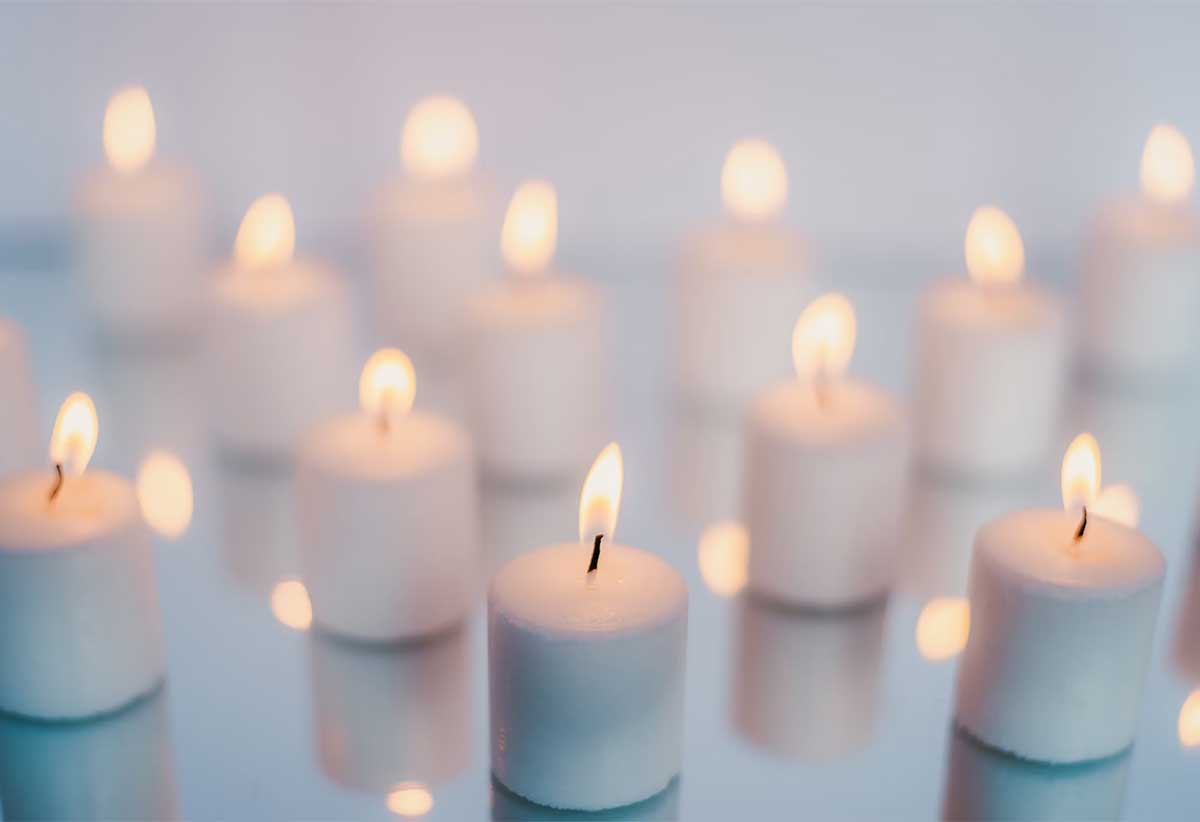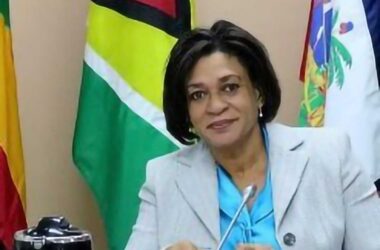
I’VE been called everything from ‘a Faux-a-Chaux wharf-rat’ to ‘a historian’, none of which I would claim in the sense intended, each being the societal opposite of the other.
Being called a ‘wharf-rat’ goes back to the mid-60s when, aged between 10 and 11, I used to compete one-weekend-a-month with older boys and grown men to dive for American coins tossed into the sea by visitors on tourist ships alongside Northern Wharf in the Castries Harbor.
I would take the chance on a Sunday, after a full morning at Mass and Sunday School at the Cathedral and the RC School.
Why? To raise enough money for a Sunday Matinee ticket at Clarkes or Gaiety Cinema on the following weekend, after changing the coins on a Saturday at the Royal Bank of Canada, right opposite The Gaiety (cinema).
On the other hand, I’m sometimes mistakenly called a ‘historian’, simply because I choose to remember what many may choose forget, or because my articles and my TV program weekly share my accumulated life’s experiences about things past and people past-and-present who most Saint Lucians alive today know not much about, or those who’ve lived long-enough allow themselves not to remember.
But perhaps the most telling name I’ve been called (of late) is ‘Bitassyon’ – that of a one-of-a-kind legendary Kweyol cultural activist who, among other things, appeared at traditional ‘Wakes’ and ‘Nine Nights’ after deaths in rural or urban working-class families.
‘Wakes’ and ‘Nine Nights’, like ‘Day of the Dead’ observances in Latin America, are intended to give life to thoughts of the dearly departed in an atmosphere of celebration instead of loss.
It was a traditional cultural activity rooted in African tradition involving community volunteerism and mutual cooperation at basic roots levels, the bereaving family’s expense burden shared by other who made donations in kind or cash.
They involved a celebratory atmosphere involving free food and drinks, beating ‘congo’ and ‘shango’ drums, singing ‘creole hymns’ and the many instinctively improvised Kweyol recitals that come with sharpening of the inebriated spirits by the rum-drum-songs recital combinations.
But when Bitassyon turned-up, invited or not, it was a more spectacular performance in which he’d tell stories fitting the departed person’s character, tales that fit their lives — and also play word-games that instilled happiness among the sad, while washing their memories and drowning their problems away with free drinks and food in a ‘Lavayay’ (Wake) style.
Saying goodbye to loved ones back then was far from the post-funeral ‘blocko’ events today that have resulted in most families opting to announce, during the funeral service, that they wish to “mourn in private”.
Bitassyon didn’t charge fees, his only demand being that the drinks and food keep flowing and the drums keep beating while he was on the floor –meaning, all night…
Bitassyon and I supported different parties, but he and I always had a good thing going.
He told me at once that “as watchman at the gate” he got to know everyone who died, which then allowed him time to make-up the stories he would tell at their Wake or Nine Nights events.
Every time I go to a funeral, I somehow remember – and actually miss – the Bitassyon effect of giving life to death.
My latest funeral was to say goodbye to my 98-year-old friend Mr Thomas Haynes, whose 30-minute eulogy was a fitting tribute to the man I knew for so-long and enjoyed so-many-a-day with, despite our generational difference.
But unlike back in Mitassyon time when relatives paid attention to “Last Will and Testament’ or the verbal instructions given after receipt of the blessings of Extreme Unction, today’s dead have no rights to decide anything for or about what’s left after death.
Mr. Haynes had asked to be buried next to his wife – but she, also 98, attended his.
He also asked that there be ‘No Blocko’ after his funeral…
Soon after Mr Haynes left, I got the bad news from octogenarian Sir Calixte George that he’d just “suffered a double-whammy”: the death, in quick succession, of Connie ‘Dr Freezers’ James and Deacon Winston Taylor.
Back in my ‘wharf rat’ days in Faux-a-Chaux), I remember Connie as a ‘congo drummer’ with The Big Six Orchestra.
But I better knew him as the short red-skinned gentleman walking up and down Hospital Road to court his future wife at the St. Rose household, one corner away from Victoria Hospital, and who would together deliver the Dr Freezers enterprise that offers local alternatives to imported fried foods.
Ditto Dwight Venner, who always wore an Afro hairstyle and tight-pants, also trekking the same road to the same home for the same purpose, from whence cometh the future wife of the young man who would end-up with his signature on all Eastern Caribbean (EC) dollar notes – and her establishment of one of the first micro-biological labs in Saint Lucia.
Most Lucians alive today (who knew him) will also remember Winston Taylor as a dependable mediator and transmitter between trade unions and employers, he always being associated with the Employers’ Federation – and friendly with all the union leaders, most who he attended school with.
But with most Saint Lucians, with my third-grandchild on the way, I prefer to remember births – and birthdays.
Like how my other older friend Monsignor Dr Patrick Anthony turned 76 last month (and 51 years of priesthood); and my other older-older friend, Mc Donald Dixon, is about to exceed his proverbial God-given three-score-and-ten by almost half-a-score…
In all this, while never forgetting to remember Bitassyon, I still wish I’d be told how many children were born every day, just as easily as we’re told how many died.
But then, as he told me long before taking his last ride into his final sunset, we still live in a society where Death precedes Life.
And that verily reminds us: This Is Who We Are!











